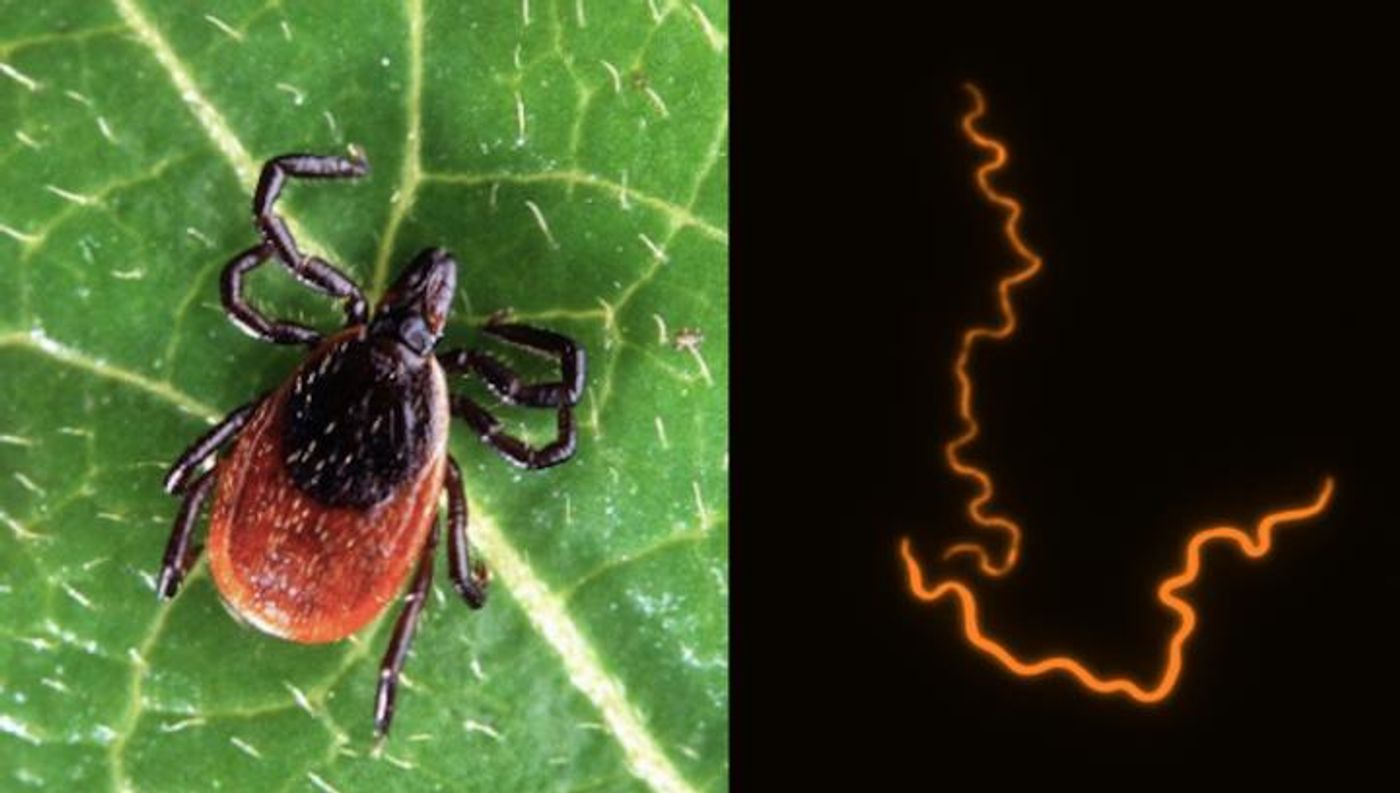Researchers Discover Molecule That May Cause Lyme Disease Symptoms
Scientists at Virginia Tech have identified a molecule that contributes to the development of Lyme disease. As the bacterium that causes the disorder, Borrelia burgdorferi multiplies, it releases peptidoglycan, which can trigger an inflammatory response. The findings have been reported in the Proceedings of the National Academy of Sciences (PNAS).
"This discovery will help researchers improve diagnostic tests and may lead to new treatment options for patients suffering with Lyme arthritis," said the lead study author Brandon Jutras, an assistant professor of biochemistry in the College of Agriculture and Life Sciences. "This is an important finding, and we think that it has major implications for many manifestations of Lyme disease, not just Lyme arthritis."
According to the Center for Disease Control and Prevention, in 1997, there were 12,801 cases of Lyme disease; in 2017, there were 29,513 confirmed cases and 13,230 likely cases. The incidence of the disease is expected to rise as the climate continues to change.
Lyme disease has been notoriously difficult to diagnose and treat, and this work can help change that. "We can actually detect peptidoglycan in the synovial fluid of the affected, inflamed joints of patients that have all the symptoms of Lyme arthritis but no longer have an obvious, active infection," Jutras said.
Peptidoglycan is a part of the bacterial cell wall. The one in the Lyme-causing Borrelia burgdorferi bacterium is unique and is not recycled back into the bacterial cell after it’s shed. Instead, it sticks around in the joints, probably causing a chronic inflammatory response.
Now, Jutras wants to learn more about whether the peptidoglycan can be destroyed or if it can be prevented from triggering inflammation in the hopes that such interventions will relieve Lyme symptoms.
For this work, the researchers obtained clinical samples from confirmed Lyme cases that did not respond to standard treatments. Peptidoglycan was detected in the synovial fluid, which may show why some people get late stage Lyme disease without any clear sign of infection. Genetic predispositions may also influence a person’s response to peptidoglycan.
Scientists in the lab of Yale professor Christine Jacobs-Wagner, a Howard Hughes Medical Institute Investigator, exposed a mouse model to peptidoglycan to see whether the molecule triggered symptoms of arthritis in a mouse model. Within only one day, the mice developed joint inflammation, confirming that peptidoglycan can trigger arthritis.
"We are interested in understanding everything associated with how patients respond, how we can prevent that response, and how we could possibly intervene with blocking therapies or therapies that eliminate the molecule entirely," Jutras said.
Sources: AAAS/Eurekalert! via Virginia Tech, PNAS









